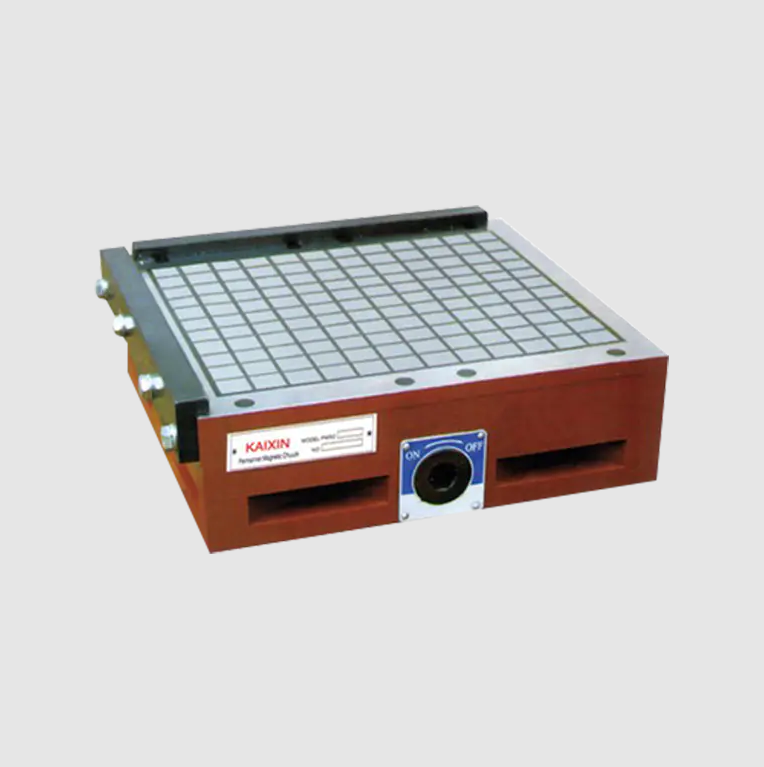Introduction to Magnetic Distribution in Permanent Magnetic Chucks
Permanent Magnetic Chucks are essential tools in metalworking for securing ferromagnetic workpieces during milling, grinding, or drilling. Their primary advantage is the ability to hold materials firmly without relying on electricity, making them highly efficient and reliable. However, the performance of a Permanent Magnetic Chuck depends not only on its overall magnetic strength but also on the uniformity of the magnetic field across its surface. Uneven magnetic distribution can affect workpiece stability, machining precision, and overall operational safety.
Factors Affecting Magnetic Uniformity
The magnetic field of a Permanent Magnetic Chuck is influenced by several factors, including the internal arrangement of magnetic poles, the quality of the magnetic material, and the design of the chuck surface. Traditional designs use alternating north and south poles arranged in a grid or strip pattern to generate a consistent magnetic flux. Any imperfections in magnet alignment, wear in the magnetic circuit, or material inconsistencies can create localized weak spots. Such areas may not hold the workpiece effectively, leading to potential movement during machining.
Impact on Workpiece Stability
Non-uniform magnetic distribution can significantly impact the stability of the workpiece. If certain areas of the chuck produce weaker attraction, the workpiece may tilt, vibrate, or shift under cutting forces. This is especially critical when working with thin sheets, irregular shapes, or heavy components, where partial lifting or uneven support can cause damage to both the workpiece and the chuck. Understanding the extent of magnetic uniformity allows operators to position workpieces strategically to maximize stability.
Measuring and Improving Uniformity
Engineers often measure magnetic uniformity using Gauss meters or other magnetic field sensors to identify weak or inconsistent zones. High-quality Permanent Magnetic Chucks are designed to minimize these variations by using precise pole alignment, high-grade magnetic materials, and optimized pole spacing. Some models incorporate soft iron layers or flux concentrators to distribute the magnetic field more evenly across the surface. Regular maintenance, cleaning, and inspection can also help maintain uniformity over time, preventing debris or wear from creating uneven magnetic areas.
Practical Considerations in Machining
Operators must account for potential variations in magnetic force when planning machining operations. Placing critical parts of the workpiece over the strongest regions of the chuck can ensure better adhesion and reduce vibration. For large or irregularly shaped components, additional support mechanisms or shims may be necessary to compensate for weaker magnetic zones. Training and awareness of magnetic uniformity are vital to maintaining both safety and machining quality.
Conclusion
The uniformity of the magnetic field in a Permanent Magnetic Chuck is a critical factor that directly affects workpiece stability, machining precision, and operational safety. Variations in magnetic distribution can arise from design limitations, wear, or material inconsistencies, but can be mitigated through careful design, maintenance, and proper workpiece positioning. By understanding and managing these factors, operators can fully leverage the advantages of Permanent Magnetic Chucks, ensuring reliable and efficient performance across a wide range of industrial applications.
